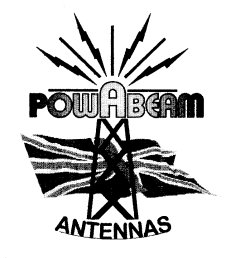G6HKS - Yagi Kits & Parts
Complete or part material kits which enable you to construct a PowAbeam Antennas yagi design
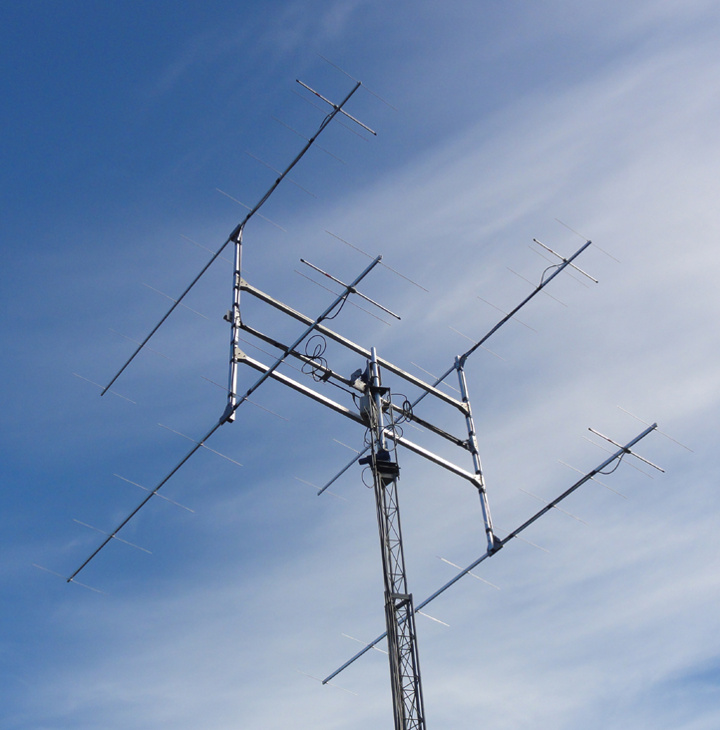 | 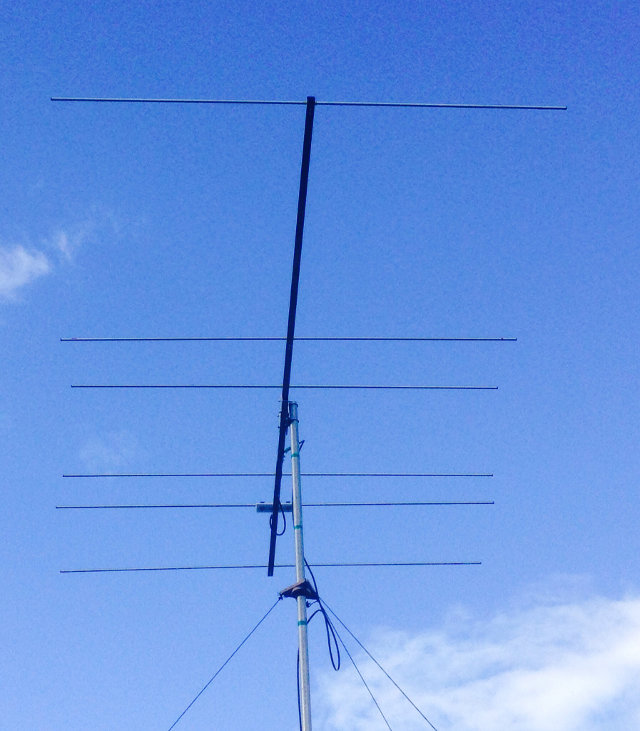 | 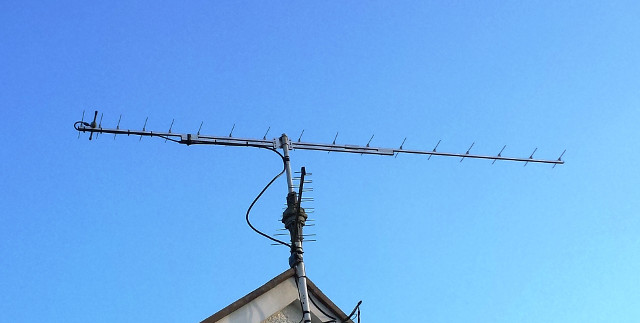 |
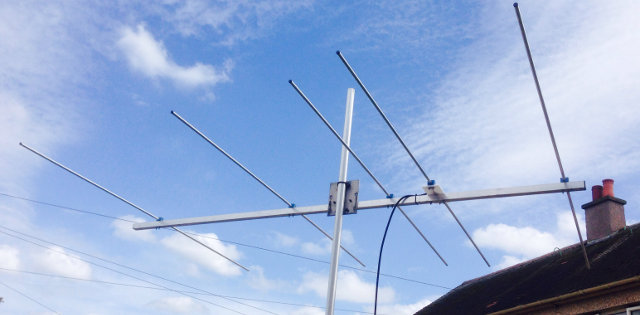 | 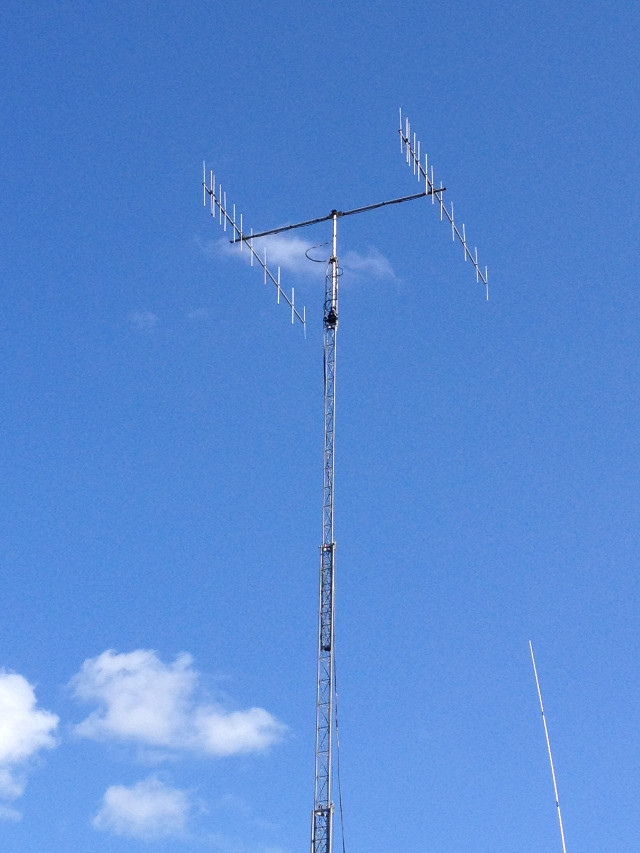 | 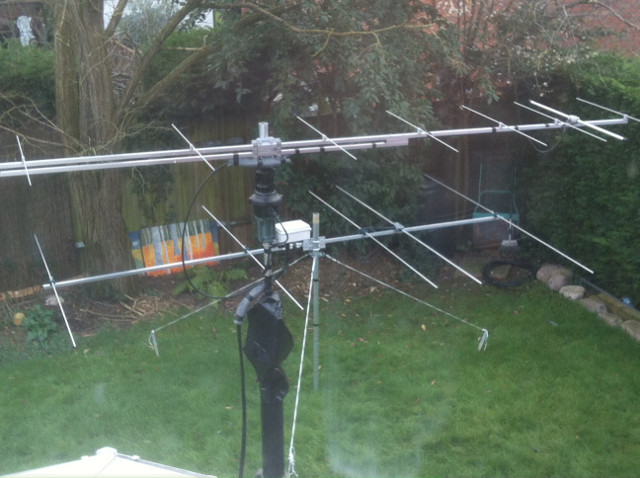 |
Build it yourself/homebrew, you'll find the best designs and high quality parts right here!
Website updated 30th September 2024...
A warm welcome from Richard G6HKS... Some of you may know me, I am a keen all mode VHF/UHF operator and like DXing but like many I have a less than perfect radio location. This has obliged me to optimise my station to the best of my ability. To this end I became a fan of Derek G4CQM PowAbeam Antennas designs which are in my opinion the closest to perfection yagi designs, period. For example look at the antenna temperature of the WAXXX10S compared to its competitors in the famous VE7BQH Antenna Tables.gnumeric. Antenna temperature provides a good overall performance indicator and at 225 degrees kelvin this design is simply 'best in class'!
In 2014/15 Derek G4CQM undertook some ground breaking work, Q-factor analysis that calculates a figure of merit score against a designs all weather stability potential. All our designs take this work into account and are all weather performers. So, you wont miss any DX due to your yagi going off-tune (really quiet on receive sometimes confused with low noise performance!), or your PA protection tripping out due to high vswr. The heaviest rain or dew makes negligible impact (see G6HKS Wet Weather Test).
My goal is simply to make it as easy as possible for Radio Amateurs to construct their PowAbeam, whether it be for a local rag chew or some serious DXing. To this end I am happy to offer complete or part material kits which enable you to construct a PowAbeam design of your choice at a really competitive price and of course the added enjoyment of making your own antenna which really works.
For 144MHz and upwards my choice is 4.76mm (or 5mm) parasitic elements combined with a 5/8ths (or 16mm) diameter co-axial driven element (using the unique ParAclip solution and driven element RF transparent mouldings). The result is a really good looking low profile antenna handy for those winter storms. For 4M (70MHz) and 6M (50MHz) we move up to half inch two-piece parasitics with a 7/8th oversleeve centre joiner onto 2 bolt stauff clamps. This being quite acceptable at these lower frequencies (see parts tab and kit process for more details and feel free to contact me with any bespoke requests).
I am also a big fan of LDMOS SSPA's and the benefits of ‘instant on’ capability. This is great for those fleeting E's qso's while others are still warming their tubes (or face running a large noisy amplifier on standby all day) plus of course the far better efficiency, around 70% at 144MHz for example. Check out the LDMOS tab which is a photo file of my 432MHz 500w PA project now completed and providing me with many EME contacts. About 350 watts make it into my new 4 x 18ele WS718562's which provide a useful +1db compared to my previous 4 x 18ele CQM18UC low Q EME array which are now under new ownership. Work on a W6PQL twin LDMOS keeps getting deferred to other projects although I had hoped to get this finished in 2018, a new VHF designs 20dB gain and 0.4dB noise figure LNA has made a significant difference compared to my previous 16dB/0.8dB unit.
2017 General activity observations:
For me 2017 was an improvement to 2016, given my limited availability I was lucky to catch 4 E's openings on 144MHz including QSO's with IK7LMX, SP8WJW, UW8SM, Y05OHY, Y08TK, US5RCW and UT9UR. No mega tropo openings caught. My real focus was 432MHz EME and starting to put a 1296 station together.
2017 432MHz EME observations:
432MHz EME has become my main pastime allowing me to continue optimising my mini station comprising the incredible WS718562 21dBd low noise array giving me QSO's with 2 yagi 500w stations. I've heard a few single yagi stations however no QSO completed yet fingers so let's hope 2018 is the year. As mentioned above a new VHF designs LNA has made a noticeable difference with an extra 3dB's of usable gain and reducing my noise figure by another 0.4 of a dB. Using a trilithics notched attenuator I am getting about 10dB's of Sun noise but haven't had the opportunity to check the level with the new LNA. Own echoes typically –24 area (350 watts at the power splitter feedpoint) and significantly better during the recent December Supermoon. I am not able to disconnect the AGC on my FT847 nevertheless best signal strengths leaders observed in 2017 were HB9Q -5, NC1I -5, DL7APV -6. Check out my various YouTube of some EME signals including from Frank NC1I on 432MHz moving the S-meter several bars. Activity on 432MHz continues to improve especially during contests where there are plenty of signals about with the occasional appearance of some astronomy dishes ‘temporarily’ adapted for 432MHz. Great QSO's in 2016 include another with Allan VK4EME –22 (-13 for me!), I5CTE, FR5DN (several QSO's we seem to have a direct line always good signal for 4x21's), EA9LZ (new dxcc excellent dxpedition by Zdenek), SM7THS.
Early 2018 432MHz EME update:
Upgrading to the VHF design LNA has made a significant difference to my receive capability, I had felt for some time the array could cope with another 3-4dB's of gain and the lower noise factor being an additional bonus. If you check my Sun noise video on YouTube you can see for yourself how good the system performs. Also check out the echo test image under good conditions with my own echos visible down to 30 watts at the power splitter! Ive recently completed 2 QSO's with single yagi stations (OK1TEH was –22! and UR3EE –27 both single yagis with admittedly 700 watts+ to hand) EA8/G4RGK was a solid –26 using a single 21ele Tonna but only one way this time. Other notable recent QSO's include EB5EEO –21, 4Z5CP -27, S51LF –20, W5LUA –15, JH7OPT –18, UA4AAV –20, NC1I –6 (that's up to almost S3 on the FT847 truly amazing)!
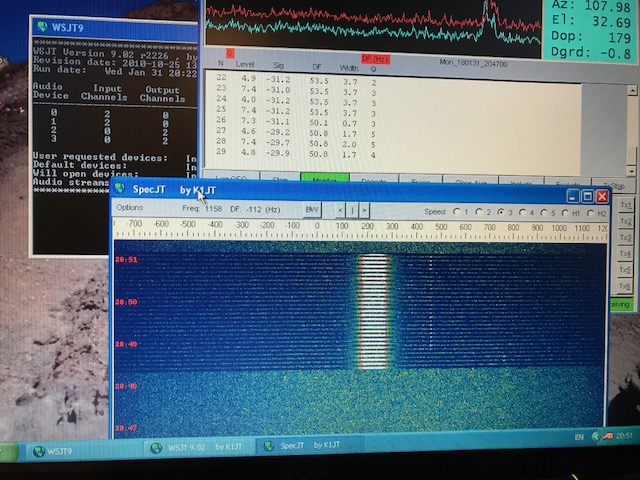
Resources for constructors:
SDR capability is like being blind and given sight. With a decent antenna it takes away the reliance for spotting sites (although these remain great resources). During E's it gets you to the DX quickly. If you dont have a commercial SDR set up using a G4HUP PAT board allows you to take an IF tap into a dongle of your choice (I use the pro-plus). Getting into LDMOS SSPA's construction check out RFHAM and W6PQL sites. Personally Jim W6PQL's website and kits are outstanding. I was originally drawn to Jim's site needing an effective sequencer. His kits are great and the sequencer is a good starter kit for those new to SMD construction. Jim also has many useful video clips to help you. I opted to get the heatsink from RFHAM for my single 432MHz LDMOS but have used Kuehne electronics for the twin and they have some great options. Italabs also similar, take your pick. Ancillary stuff from Ebay, RS components. If needed I can provide hard to get QRO hardline coax and appropriate DIN's/N Types to match that are essential for your amplifier internal QRO feeds. Check the Parts and price list for more details or just ask.
Back to PowAbeam Antennas:
I had the privilege to speak at the 2017 RSGB Convention talking good design practice for home yagi construction. Not my most comfortable place speaking in front of 100++ delegates although I hope the message was well received. I still see there is a desire for gimmick driven elements and matching systems which do nothing more than complicate construction and help push people to a commercial purchase. EME remains the testing ground for good designs and assure that maths cannot be deceived. If you do not receive signals at a similar level to similarly equipped and proven stations over a period of time then you have a problem! For example let me put this scenario to you... During good tropo conditions the difference between 59 and 59+10dB's doesn't count for much and you might not think much about it especially as ducting and locality make it exceptionally difficult to determine benchmarks to other locals. The only way to gauge yagi performance is to check for Sun noise or see how well you can receive a EME signal. Designs up to 144MHz are mostly forgiving to boom effect for example. However, when you get to 432MHz and upwards there are many factors which can detune your antenna to the extent that you can lose a huge part of your theoretical gain and low noise pattern. To the extent that your flat band performance could be so bad that you just give up your activity and just blame it on the frequency. Clearly not good for Amateur Radio!
Kits we offer are material based and include all parts, final accurate cutting and drilling is for your pleasure. You can make any design you wish, per elements/boom length of your choice. Any bespoke orders, parts etc let me know and I will be happy to put a price together for you. Interested in becoming a paraclip distributer in AMS or APJ region just drop me a line.
What is the PowAbeam USP? We have four...
- True 50-Ohm direct feed using our coaxial dipole requires, no matching and/or balun, no losses (using our PowAbeam Driver ABS/PolyCarbonate + UV Stabilised moulding). Does your driven element get warm on TX = lost RF. The coaxial dipole offers no RF hotspots so will take all the RF you can possibly provide.
- The unique AOWA Yagi designs, best described as a ‘driver’ grouping of parasitic elements which generates exceptional bandwidth (low Q-factor) + all weather stability/low VSWR.
- ParAclips raise parasitic elements high above the boom virtually eliminating the troublesome detuning effects caused by a metallic boom (noticeable at 144MHz and destructive at 432MHz upwards). At PowAbeam we believe in 'free space' designs. Usage of mounting devices such as 'Stauff Hydraulic Clamps' at 144MHz and upwards doesn't raise elements far enough to eradicate the detuning effect caused by a metallic boom. This impacts 144MHz and will seriously degrade a 432MHz upwards design. ParAclips minimise this problem at source and help ensure our theoretical performance is transferred into reality!
- Cutting edge designs combined with extremely competitive price points. I currently use a single ultra low noise WAXXX10S AOWA (see image above) which offers 12 dBd and a 225 degree kelvin temperature on a less than 5 metre boom. Check the impressive front to rear and clean low noise pattern, using a pair produces a potent array within a tight turning radius.
Check out the BUILD page for notes and tips on construction. On the Price List page we offer various material kits so you can homebrew you own PowAbeam at low cost. I am also very happy to cost up any bespoke order just let me know what you are after.
Making a PowAbeam kit is pretty straighforward (no tuning, no baluns, just make it and go) you need some basic construction skills and should view this as a learning project with a high performance yagi as the end result! You will also see a number of articles/construction notes on the PowAbeam site to help you. If required I am more than happy to make up the driven element for a small fee (£14), other requirements on request.
Finally, we don't shout very loud about our designs but prefer the yagis to do the talking and it's good to know our designs are being adopted by so many of you and behind many long DX QSO’s there is a PowAbeam at work...
Catch you on the airwaves whether E's, Tropo or Aurora...
73
Richard G6HKS
>>> Price List <<<


